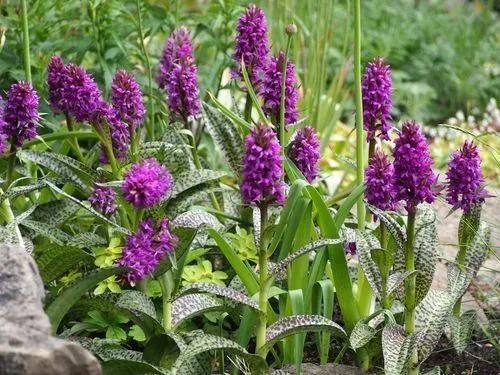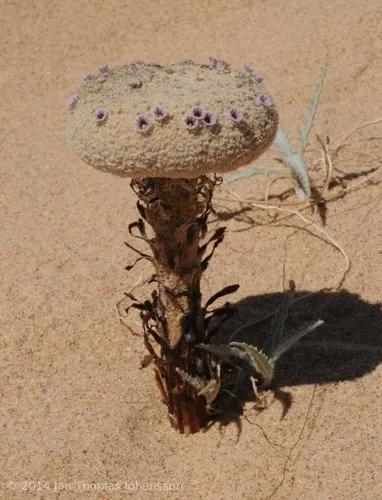An annual or biennial herb. The height of the plant stem is from one to three meters . Plant leaves with flat or wavy edges, slightly hairy, up to 10 centimeters in length. The flower petals are from 1 to 1.6 cm. The petals are pink and lilac . The flowers are large. The fruit of the plant is in the form of a disc, in which there are from 7 to 10 segments.
Lavatera Cretica Care
Malva multiflora



Very common worldwide and highly nutritious. Whole plant is edible. The leaves have a mild, pleasant flavor. Has thickening properties so it can be used as a soup base or thickener of liquid dishes. The root can be used also. Make into a tea to sooth the membranes of the entire digestive system. You can eat them raw or dry the upper part of the plant and make a tea out of it. When it cools, it will gel up a bit because the plan contains mucilage. This gel is a soothing compound that coats mucus membranes and soothes irritated tissues, making it great for throat, sinuses, bronchitis, emphysema. stomach, intestines, colon irritation (irritable bowel, ulcerative colitis), bladder, asthma, etc. It boosts immunity and makes hair curly if you put in hair and let it dry. It softens skin and increases milk flow in nursing mothers. The root can be used as substitute for ginseng.
How to Care for the Plant

Popularity

106 people already have this plant 27 people have added this plant to their wishlists
Discover more plants with the list below
Popular articles






